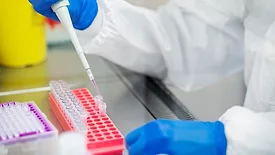Testing & Analysis
Advancing Food Safety Through an Enhanced Approach to Environmental Monitoring and Source Tracking
Nuanced approaches are needed for industry, academia, and government to reduce contaminants in RTE foods
February 17, 2025
Never miss the latest news and trends driving the food safety industry
eNewsletter | Website | eMagazine
JOIN TODAY!Copyright ©2025. All Rights Reserved BNP Media.
Design, CMS, Hosting & Web Development :: ePublishing






.webp?height=168&t=1657568786&width=275)



